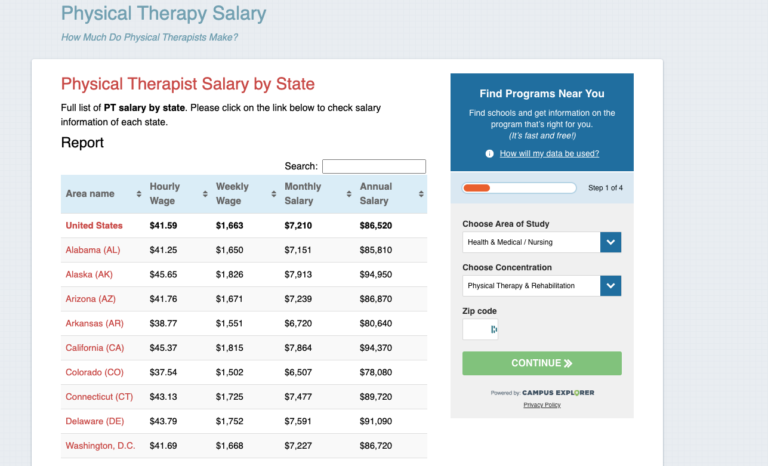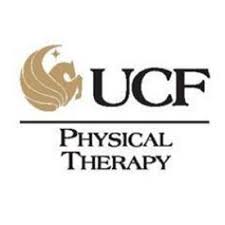Diary of a Student | 5 Valuable Lessons Learned on Clinical
As Nikole reaches her last couple of weeks in her clinical rotation, she reflects on what she has learned to be the most valuble during her time at Hohman Rehab…
In PT school, we spend the majority of our first year or two behind textbooks. We learn about different diagnoses, how to perform special tests, and how to measure strength and mobility. We practice on classmates and are tested on our skills so that we have a system in check. I’ve purchased textbooks that were bigger than I could have ever imagined for some of my classes. The same thing goes for some of my folders. I have lectures and assignments bursting from my folder by the time I finish a semester. And guess what? With all of our courses, we still haven’t learned even close to everything out there yet. PT programs across the nation are required to have students complete a certain number of internships, in a variety of different settings. This is because there are several clinical gems you aren’t going to learn in class. That being said, as I am completing my 11th week on this clinical, I have gained several skills I wouldn’t have learned just being in class. This is why internships in school are important.
- Getting into a flow with evaluations. Like I said, we learn the components of performing an eval in class. This is different when trying to pull everything together. You have a patient in front of you with a certain condition, can’t tolerate certain positions, and wants to get back into doing certain activities at home. Over the past several weeks, I have learned how to run my evaluations smoothly. When taking my subjective information, I have a better idea of what to ask patients. I want to know what they enjoy doing and what some of their goals in PT are. As for my objective measurements, I know when to perform certain tests based on their position and tolerance to pain. I break my measurements down according to whether they need to be sitting, standing, on their back, or on their stomach. This avoids the further complication of having them constantly roll around the table. If there are certain positions they can’t tolerate, I know how to modify this. The evaluation is the patient’s first impression of PT. It shouldn’t be discouraging for the patient
- Education is everything. This is a great way PTs promote our profession and demonstrate just how much we know. As much as I enjoy working with different patients, I know I’m not going to be seeing them forever. At some point, I’m going to be discharging them, and when that time comes, they need to have the tools to prevent previous injuries from reoccurring. Over the past several weeks, I have improved with this. I have learned to educate patients on something every session, whether it be home exercises or body mechanics with certain activities. This is something I’ve learned to integrate into each patient’s plan of care.
- Explaining a patient’s condition can help you gain their trust. Over the past several weeks I’ve noticed just how much of an impact it makes when PTs review a patient’s condition. What I mean by this is that they don’t just take measurements during an eval. They also review their findings with patients and describe how this correlates with the conditions they have, and why they can’t tolerate certain positions or activities. Often times, patients seem to be much more happy when they understand what is going on with their body and how PT can help. When you visit a clinician, you want to know they know what they’re doing, right? It’s what helps patient return back to the clinic and gain their trust. When I’m doing an eval, I’ve learned to use models or pictures and explain just what is going on within certain body parts. I’ve noticed patients are often appreciative when I take the time to do this.
- Building rapport is key. One of the best aspects of this profession is that we get to see patients for more than just one visit. We see them a few times a week for several weeks. We really get to foster a relationship with them. During my first 2 weeks, I had difficulty juggling everything else in my evals that it was more difficult for me to be confident and more natural with some patients. Now, I’m able to keep a conversation going with patients while taking objective measurements. I feel more comfortable with what I am doing, and I am able to reflect that. It’s always a feeling of relief when I can get a patient to laugh while I’m working with them. It’s an even more flattering feeling to know that they came back for treatment because of me. Building rapport helps PT stand out from other professions.
- How to multitask documentation. I’ve heard this is a skill that develops over time. You’re not just going to learn this from school. There were moments during my first two weeks where I felt sucked into my computer or ipad, trying to document and keep up with everything. It was difficult to enter all of my information in, while staying engaged with the patient. To top it off, it was difficult to manage my time with each treatment session. Now, I’ve gotten into a system of balancing everything out. During my treatment sessions, I know when to enter information into my ipad, while ensuring the patient enjoys their time in the clinic, within a timely efficient manner. During my evals, I am now able to listen and stay engaged with the patient, while entering my subjective and objective information into the computer. I have gotten into a system of juggling everything around.
–Nikole Nelson, SPT student at UCF
Nikole was fortunate to be able to experience HENO in action and see the growth of her documentation and patient management during her clinical rotation at Hohman Rehab. She was able to keep track of her patients easily, whether she was the one that saw them each visit or not. If you’re practice is in the market for an amazingly thorough practice management tool, reach out to us to secure a time to complete a demo of this software, developed by a PT for a PT.
{{cta(‘709bf835-8a77-43e8-b736-e3c37c1b22b2’)}}





